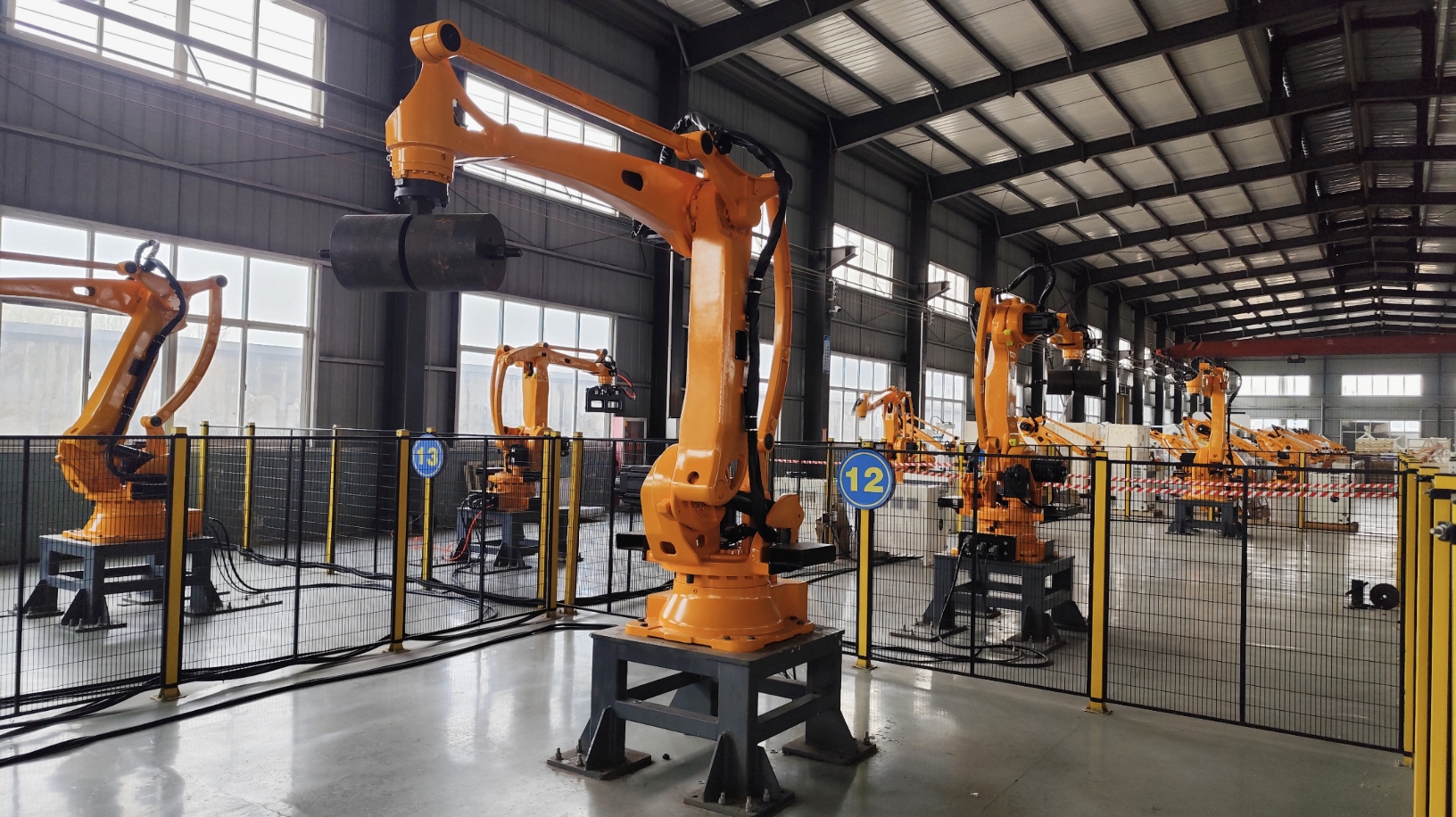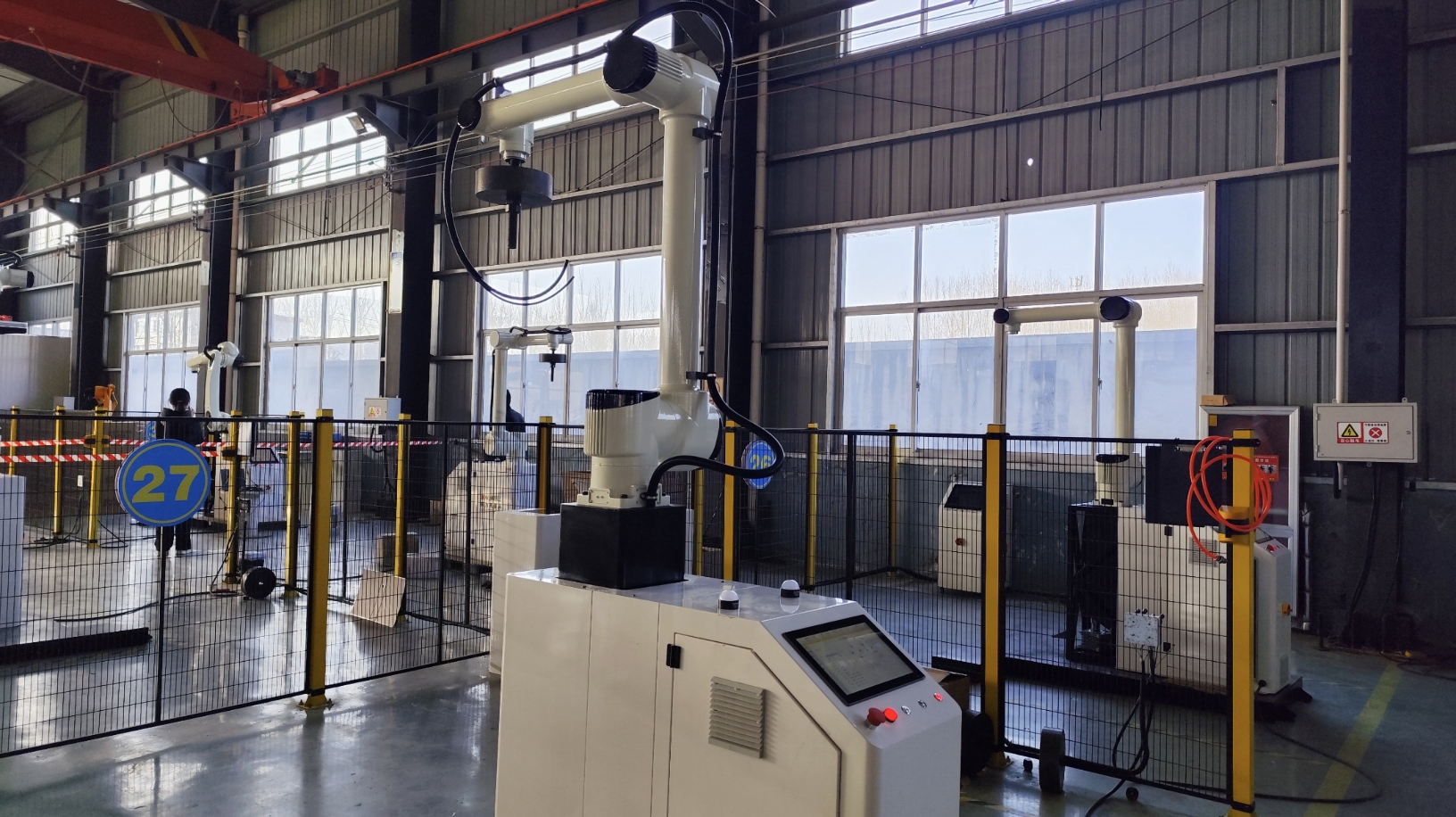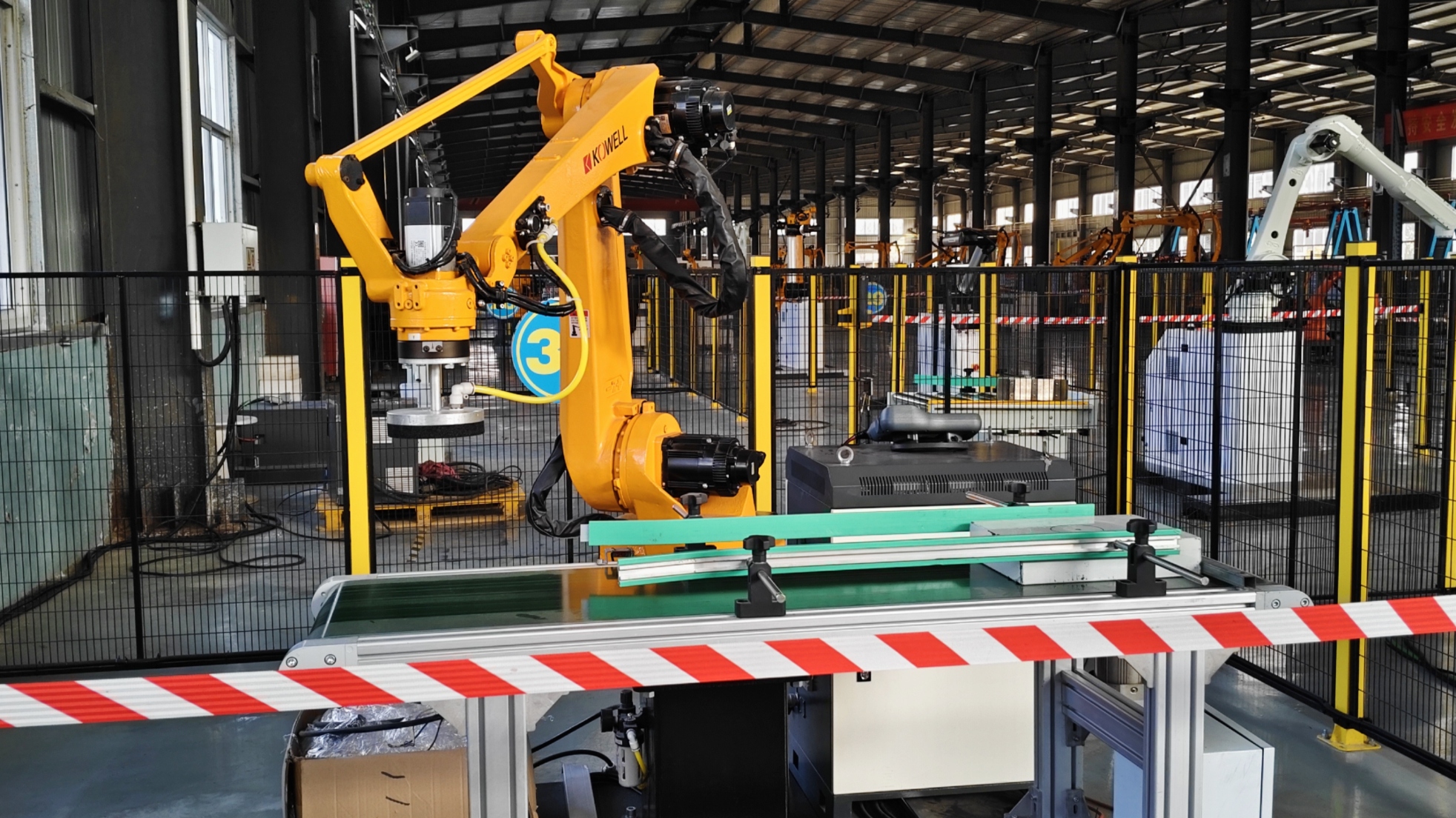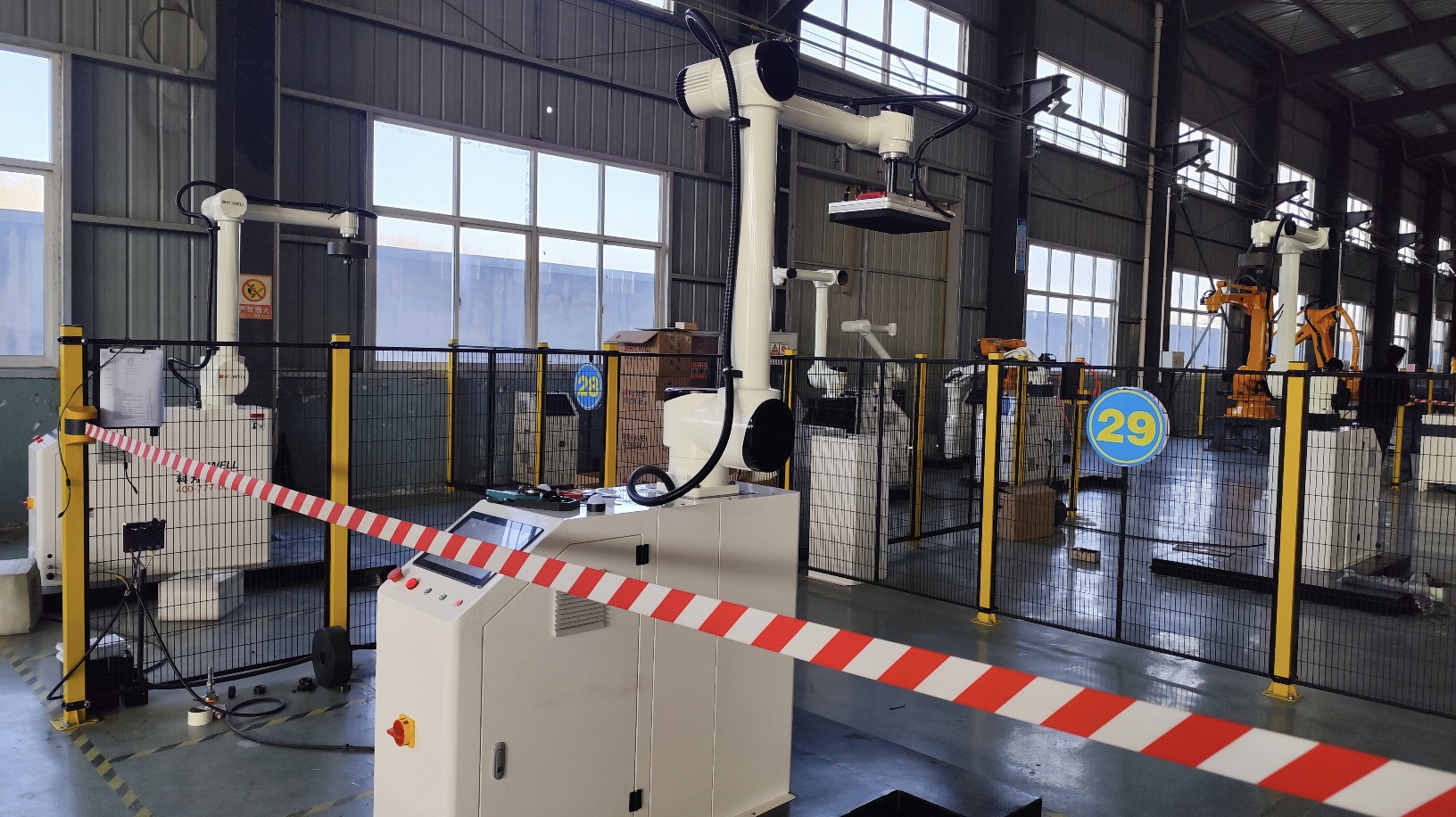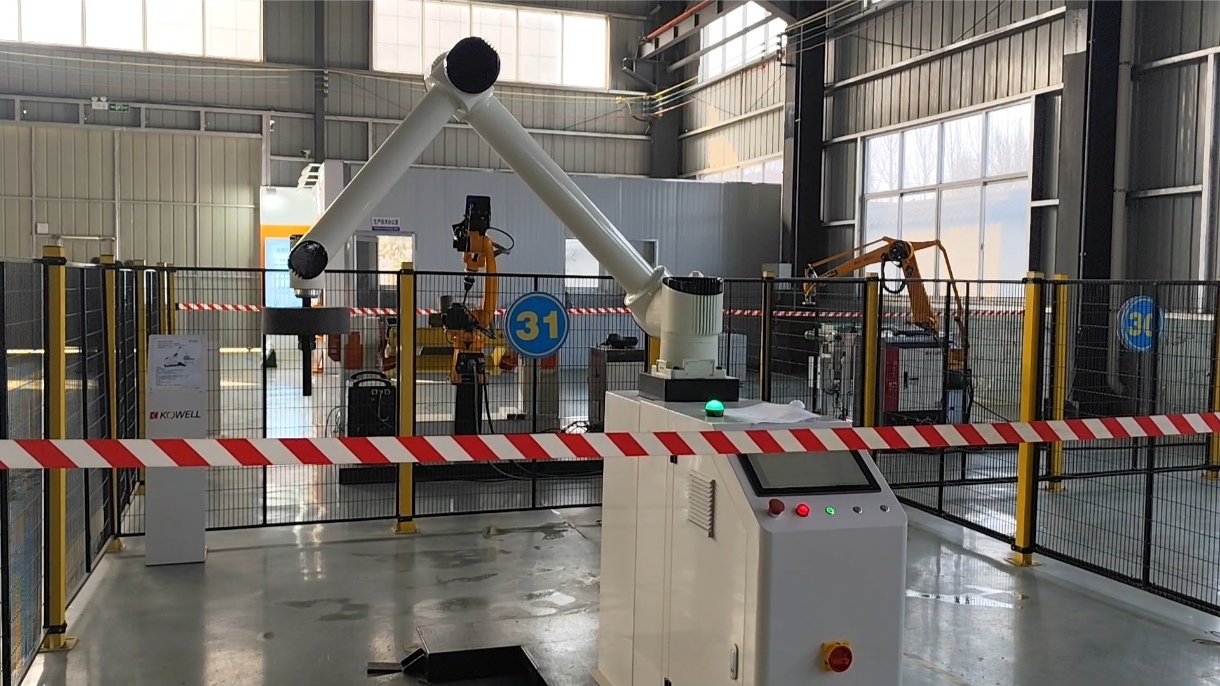As the global manufacturing industry increasingly transforms towards intelligence and automation, how to improve productivity and optimize the production process has become a key issue in the industry. Traditional manufacturing models often rely on manual and fixed production processes, resulting in low production efficiency, large waste of resources, and slow response time. With the emergence of automated palletizing production lines and flexible scheduling systems, the productivity of the manufacturing industry is ushering in a profound change. By applying the collaborative innovation of the two to the production process, companies can not only significantly improve production efficiency, but also show higher flexibility and adaptability when responding to market demand fluctuations.
Automated palletizing production line: unlocking a new mode of efficient production
manufacturing industry, especially in the production process of bulk materials, bags, parts and other products, its efficiency and stability have been widely used. Traditional palletizing operations often rely on manual work, which not only increases labor intensity, but also easily causes problems such as dislocation and uneven stacking, affecting production efficiency. The introduction of automated palletizing production line can accurately and quickly complete palletizing operations through technologies such as robot arms and robot systems, improving production efficiency and accuracy.
Compared with traditional manual palletizing, automated palletizing production line breaks some unfavorable conditions of traditional labor, such as it can work 24 hours a day without interruption, and there is no production bottleneck caused by manual fatigue. When changing tasks, only appropriate adjustments need to be made, which reduces line change time and labor costs, and further improves overall production efficiency, saves labor costs, simplifies production processes, and improves the stability and flexibility of the production process.
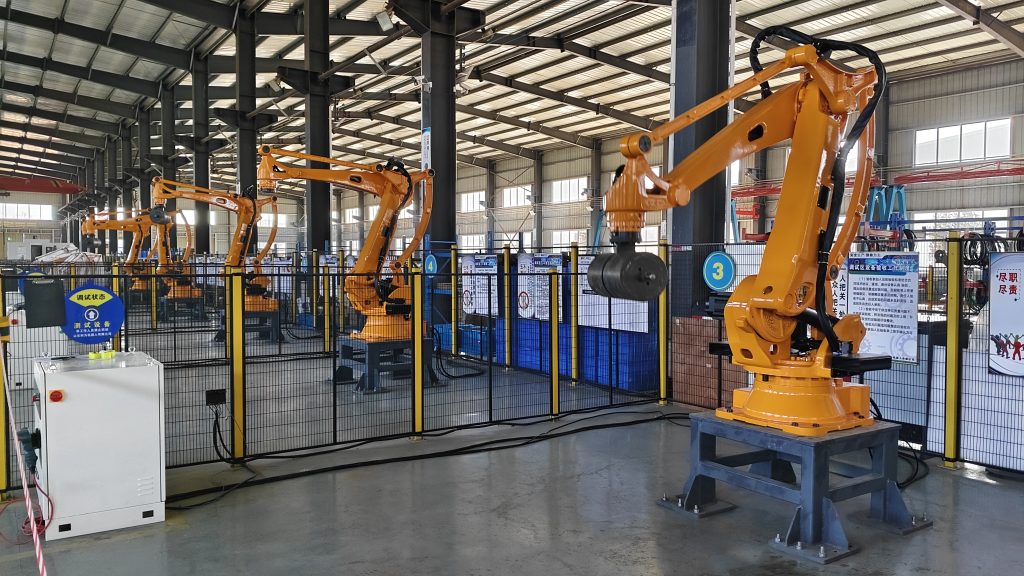
Flexible scheduling: Improve production line responsiveness and production flexibility
In the automated palletizing production line, the flexible scheduling system can adjust the operation mode of the production line in real time according to the production rhythm and assembly requirements of different products, avoiding idleness and waste of resources in the production process. For example, when a problem occurs in a certain production link, the flexible scheduling system can automatically adjust the production priority and advance or postpone the work of other links to ensure that the overall production plan will not be greatly affected. Through this flexible scheduling arrangement, enterprises can achieve rapid response under different production needs and reasonably control the utilization efficiency of production resources.
Collaborative innovation: the integration of automation and flexible scheduling
The combination of automated palletizing production lines and flexible scheduling systems is the core force to promote productivity reconstruction. The two complement each other and can greatly improve the efficiency and flexibility of the entire production process.
The flexible scheduling system and the automated palletizing production line complement each other. On the premise of ensuring efficiency and stable operation, it provides more flexible deployment and optimization solutions, and the collaborative cooperation is suitable for more emergencies and some changes in demand.
Continuous innovation: Achieving "productivity reengineering" for the future
With the continuous advancement of science and technology, automated palletizing production lines and flexible scheduling systems will continue to develop towards higher intelligence and flexibility. In the future, the further application of technologies such as artificial intelligence, 5G communications, and big data analysis will make production lines more intelligent and scheduling systems more efficient and accurate. Enterprises will be able to further improve production efficiency and adaptability through more flexible and accurate production scheduling, and truly achieve "productivity reengineering."
Conclusion
Productivity reconstruction is not a process that can be achieved overnight, but needs to be steadily advanced through continuous technological innovation and practice. The collaborative innovation of automated palletizing production lines and flexible scheduling systems is an important step for the manufacturing industry to welcome the new era. It will promote the improvement of production efficiency and create a more intelligent and lean production environment. In the future manufacturing industry, this innovative model will surely become the key to improving the core competitiveness of enterprises.
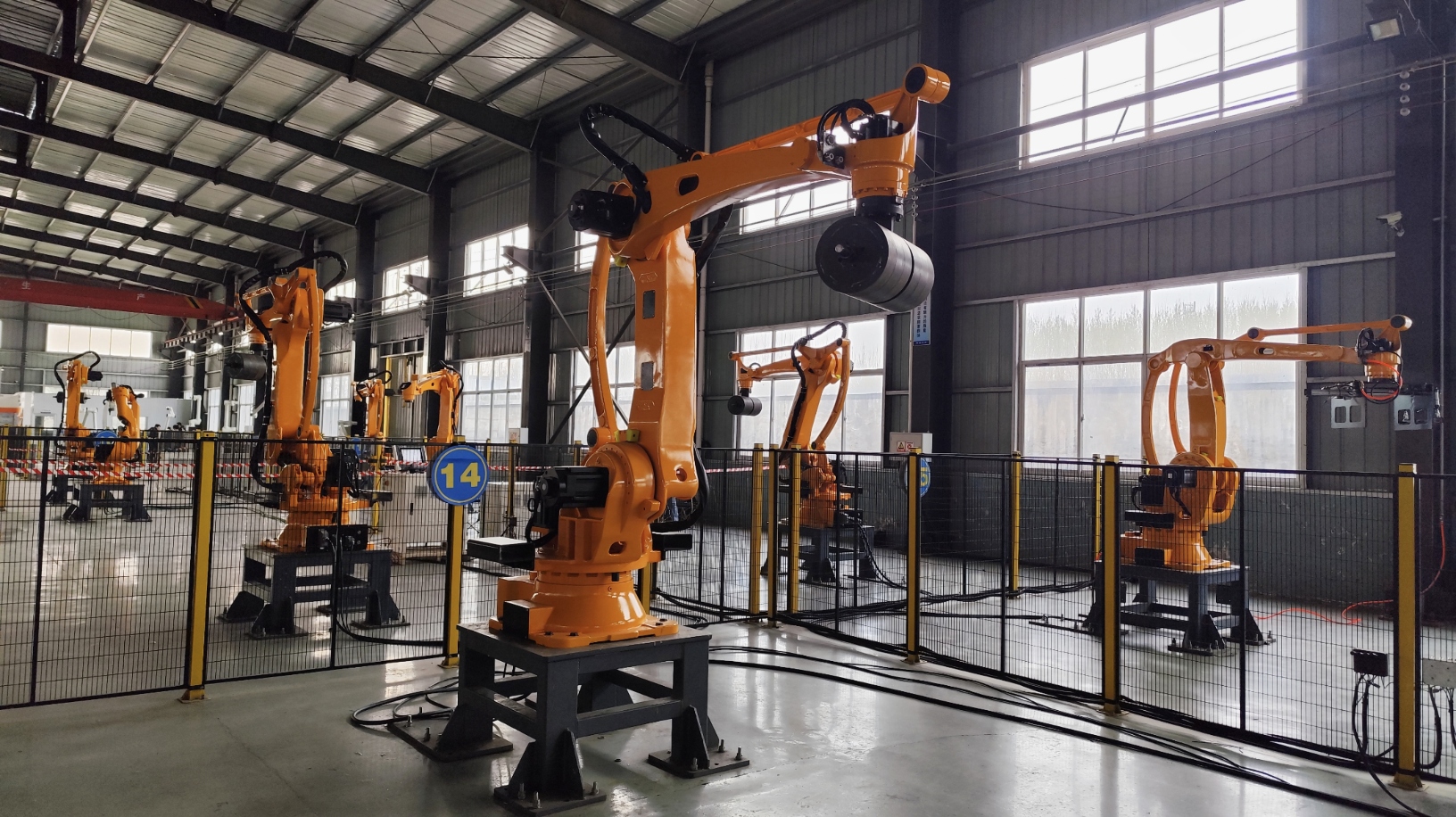
Online Consultation
Hello, the current customer service is offline. You can leave your contact information and the staff will respond to you as soon as possible!


